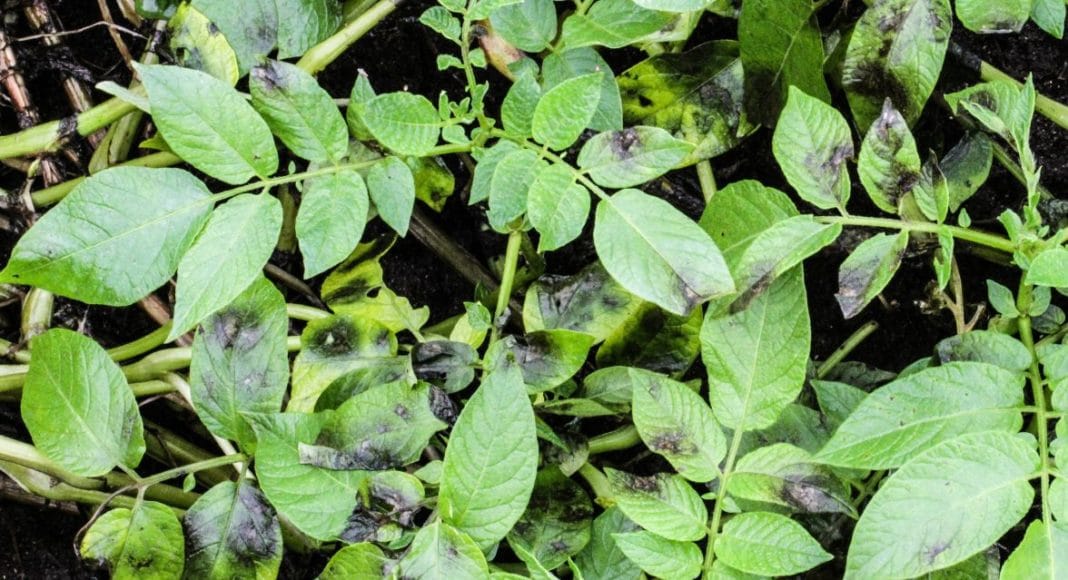A group of researchers have discovered a new way in which potatoes are infected by Phytophthora infestans, the pathogen which causes late blight, a recent news release from the James Hutton Institute says.
Researchers at the James Hutton Institute and University of York, working alongside colleagues in France, Saudi Arabia and the United Kingdom, were able to find previously unexplored ways in which P. infestans breaks through plant cell walls. The release notes this opens up opportunities for the development of effective and sustainable disease control technologies.
The research describes how a family of copper-dependent enzymes is present in P. infestans. This helped it’s ability to degrade pectin – a key component of plant cell walls – allowing it to break through the plant’s defences, the release says. By silencing the gene responsible for producing these enzymes, researchers could inhibit the infection of potato plants.
“Penetrating the plant cuticle and cell wall is the first step in infection, and the cell wall represents the site of the major struggle between host and pathogen,” Steve Whisson, a molecular biologist at the James Hutton Institute’s Cell and Molecular Sciences department, says in the release. “There are significant gaps in our knowledge of the molecular mechanisms underpinning successful host invasion by these pathogens.”
“These new enzymes appear to be important in all plant pathogenic oomycetes, and this discovery opens the way for potentially powerful strategies in crop protection,” Federico Sabbadin, from the University of York’s Centre for Novel Agricultural Products, says in the release.
The project New Enzymatic Virulence Factors in Phytophthora infestans is a collaboration with the University of York, running from 2021 to 2025, and is supported with a one million pound grant from the Biotechnology and Biological Sciences Research Council, part of UK Research and Innovation.
The research was published in the scientific journal Science.
Related Articles
Irish Potato Famine Late Blight Strain Found on Six Continents
Fighting Back Against Late Blight – A Spud Smart Innovation Series Webinar & Podcast











